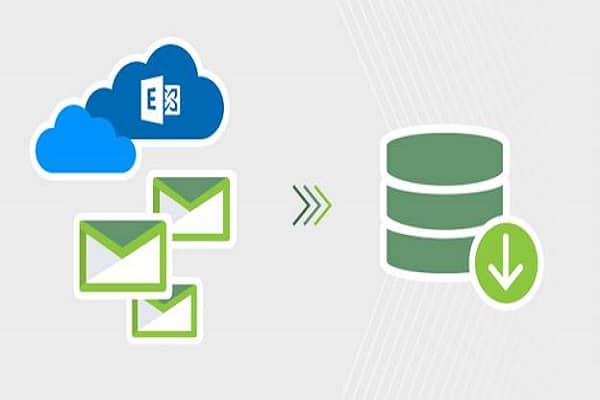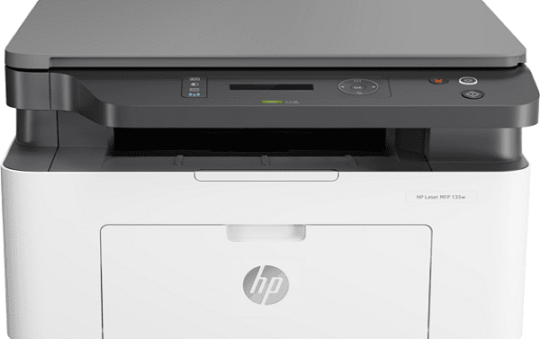There are a variety of options for backing up your Exchange Server data. The most important is to use a third-party product. Using this service can help you protect your data. For example, you can schedule a nightly backup of your entire organization, and it will run automatically. You can also perform a full back up before an outage. By following these steps, you can ensure that you have backups for the most important emails in your Exchange Server.
Contents
Exchange Online Backup Jobs
A good backup solution will automatically run Exchange Online backup jobs. A practical solution will track past and current backup jobs and estimates for future ones. Ensure that your system is fully up and running before implementing a new plan. An effective backup solution will also keep a history of past jobs and can prevent schedule overlaps. This will help your system run smoothly. It also helps save storage space.
To back up your Exchange Server, you need to back up your emails regularly. There are several reasons for this. However, if you lose 250,000 email messages in a single incident, you may not be able to restore them in Exchange Online. In that case, you will need to migrate your data to a cloud service, such as G Suite. If you don’t do this, you’ll have to face trouble restoring your data.
Exchange Online Mailbox
When backing up your Exchange Online mailbox, make sure you have a copy of your data. For example, if you have 250,000 GB of mailbox data, you may not be able to restore it into an Exchange Online instance. You need to use a cloud service to backup your email. And don’t forget to backup your email server as well. It’s essential to keep in mind that your data is always safe and accessible.
Third-Party Service
You can do an incremental backup of your Exchange online mailbox. You should do this if you don’t want to lose your emails, as they are not backed up. You should also use a third-party service for backups. This way, you will have more control over how long you keep your email. Once you’ve backed up your entire environment, you can quickly restore a single message.
Restore Emails
In addition to backing up your Exchange Server, you can also backup your emails and public folders from the cloud. You’ll be able to restore emails in one step, or you can use the application to backup and fix all of your mailboxes. This option is best for small businesses that need to store the data on multiple computers. When you have an Office 365 account, you should use the program.
Also read: 4 Reasons Why You Should Implement Office 365 On Your Business
Built-In Recovery Options
An Exchange Online backup is another option for backing up your email. This service can run in the background, so users can usually continue working while it runs. The process won’t affect your emails, but it will prevent them from being lost altogether. The built-in recovery options for Exchange Online are very comprehensive and robust, so you should consider all of them. This is an excellent choice for businesses looking for an easy and convenient way to back up and restore their emails.
An Exchange Online backup will protect your mailboxes and your entire office. You can also back up your Office 365 Groups or SharePoint site. In addition, you can back up all of your Exchange online public folders and group mailboxes using these services. You can even back up shared folders. Then, you can restore your deleted items from the archived articles. There are various options available to back up your emails and your mailboxes.
Final Words:
Microsoft’s Exchange Online service allows you to access your emails from anywhere, and it doesn’t require you to have an on-premises Exchange server. While Microsoft provides extensive archiving capabilities, it does not have an option for backing up your emails in an off-site data center. Deleted items are saved in the Deleted items folder for a specified time. By default, this period is 14 days, but you can increase this number up to 30 days if needed.




